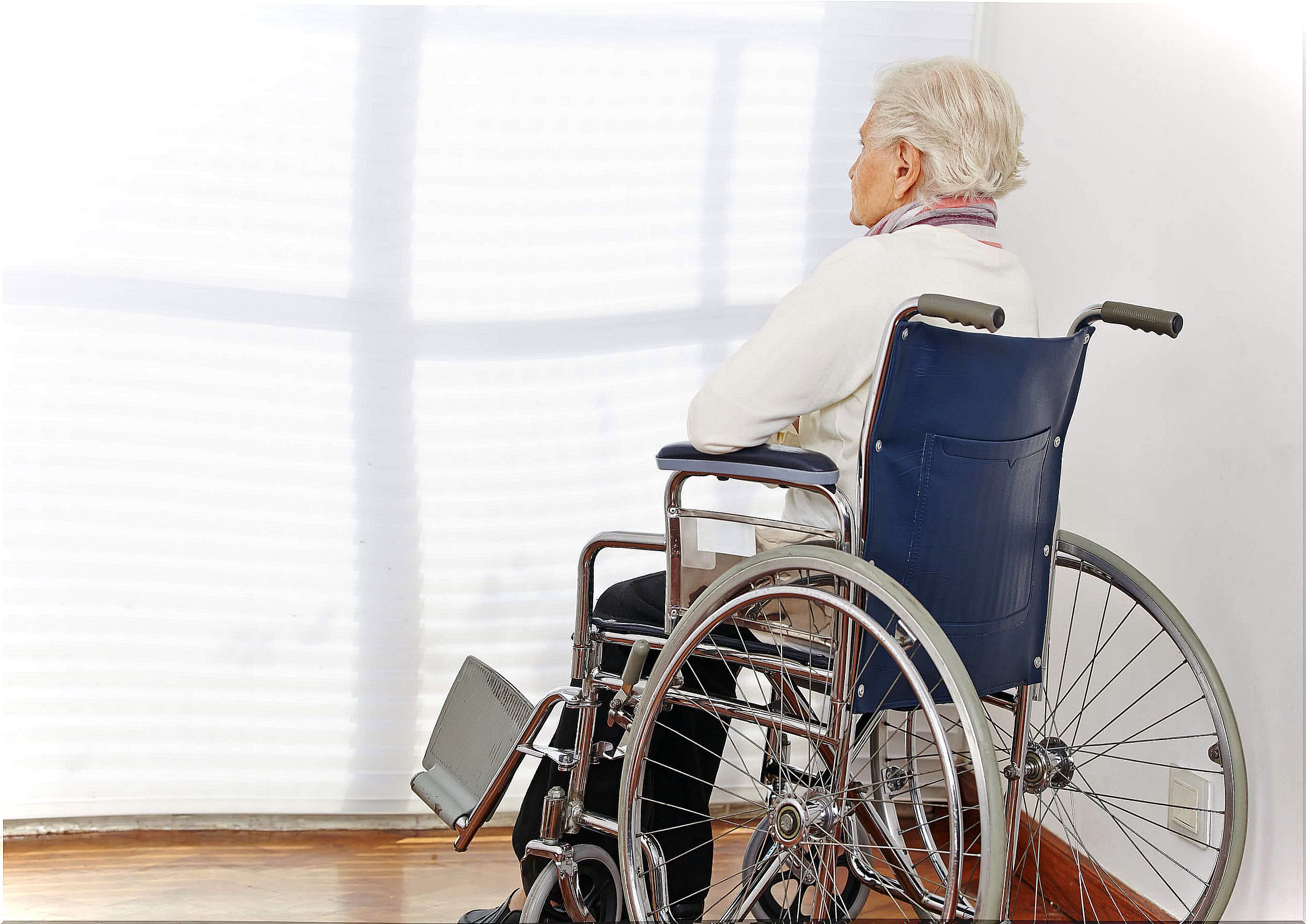Types Of Euthanasia That You Should Know
At present, euthanasia is understood to be that action or omission aimed at killing incurable patients in a painless way.
Euthanasia is characterized because it is caused by health personnel and by the existence of a compassionate or liberating intention.
Euthanasia is called merciful murder if death is sought as a means to deprive the patient of pain, physical deformation or painful old age.
However, if death is sought to relieve the family or society of the burden, it is called eugenic, economic or social euthanasia.
Types of euthanasia

By the means employed
- Active euthanasia: deliberate action aimed at killing.
- Passive euthanasia: in this, death is caused by omitting the provided means necessary to sustain life, in order to cause death.
Euthanasia can also be classified as voluntary and involuntary, depending on whether the patient requests it or not.
Even with the consent of the victim, euthanasia is always caused by other people. For this reason, it is a homicide with certain characteristics.
If it is oneself who intentionally causes death, we speak of suicide. On the contrary, we speak of assisted suicide when it is the doctor who provides a lethal drug to the patient, but it is the patient who administers it to himself.
What is not euthanasia
The application of drugs to alleviate pain or other symptoms in a terminal patient is not euthanasia, although this indirectly and inevitably produces a certain shortening of life. Care should always be taken not to prevent the patient from being able to act freely in accordance with their last wishes.
In addition, the consent of the patient will be necessary in the event that the means used are accompanied by drowsiness or loss of consciousness.
The withdrawal of extraordinary or disproportionate means to artificially prolong the life of a terminally ill person is not euthanasia . In this case, the positive action of killing and the possibility of a natural life are absent.
It is the doctor or the ethics committees of some hospitals, who must determine which means can be considered proportionate and which disproportionate for a patient. They will also take into account your specific circumstances.
Euthanasia today
However, there are a number of media that are now commonly seen as ordinary or proportionate. The hydration and nutrition are considered minimal basic care.
Some call death “orthothanasia” in due course, without shortening life and without lengthening it unnecessarily through extraordinary or disproportionate means.
This lengthening of life through disproportionate means is known by the name of “therapeutic cruelty” or “distanasia” and may be illegal as stated in the Code of Ethics.
The “diagnosis of death” is an important point. Since the diagnosis of clinical death is established, there is no problem of euthanasia.
In this way organs can be removed from the corpse for transplants. Which can be done after meeting the relevant legal requirements.
The irreversible cessation of brain and / or cardiorespiratory functions are sufficient criteria to confirm the death of a person.
Type of sick

The type of patients in whom euthanasia is most frequently considered are those who are in a terminal situation. The term “incurable” refers to the inability to improve or overcome the disease.
A terminally ill patient is one in whom death is expected to be certain. In addition, it will occur in a not too distant period , up to six months, according to some authors.
The medical therapeutic effort is abandoned to focus on symptom relief, including support for both the patient and his family.
Terminally incurable patients are the main candidates for euthanasia. However, curable patients in critical condition do not present major difficulties.
Another concept is the persistent vegetative state (PVS), patients in this state belong to the category of incurable incapable. Although they are not necessarily terminal, they are patients with a permanent loss of consciousness, in an irreversible coma.
Euthanasia, a reality
Despite the constant discussions about euthanasia, it is a fact that in many countries of the world it is legal under certain circumstances. It is an unavoidable reality, so deep knowledge of this practice is important.









